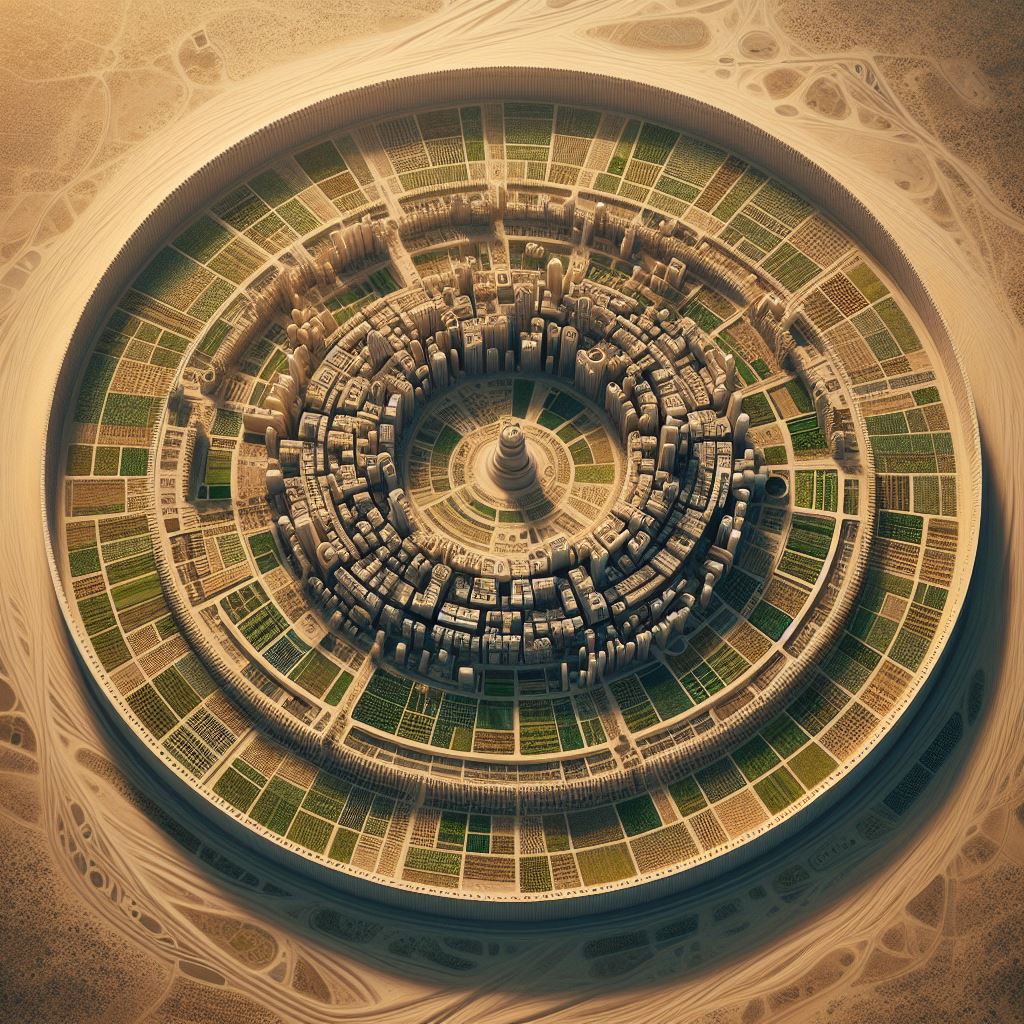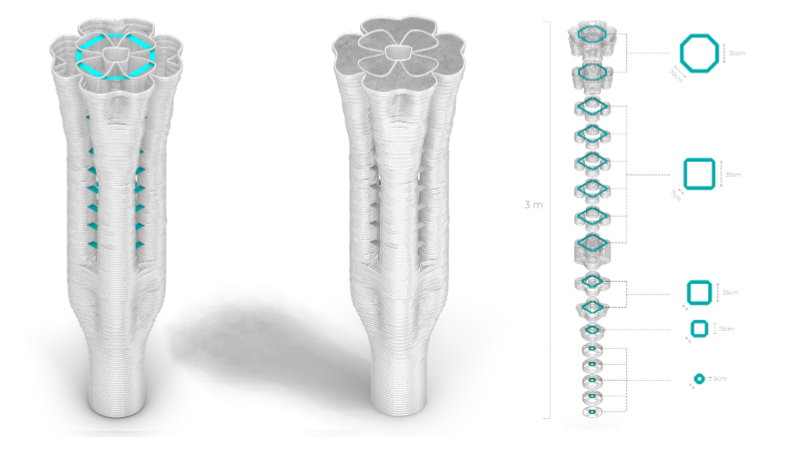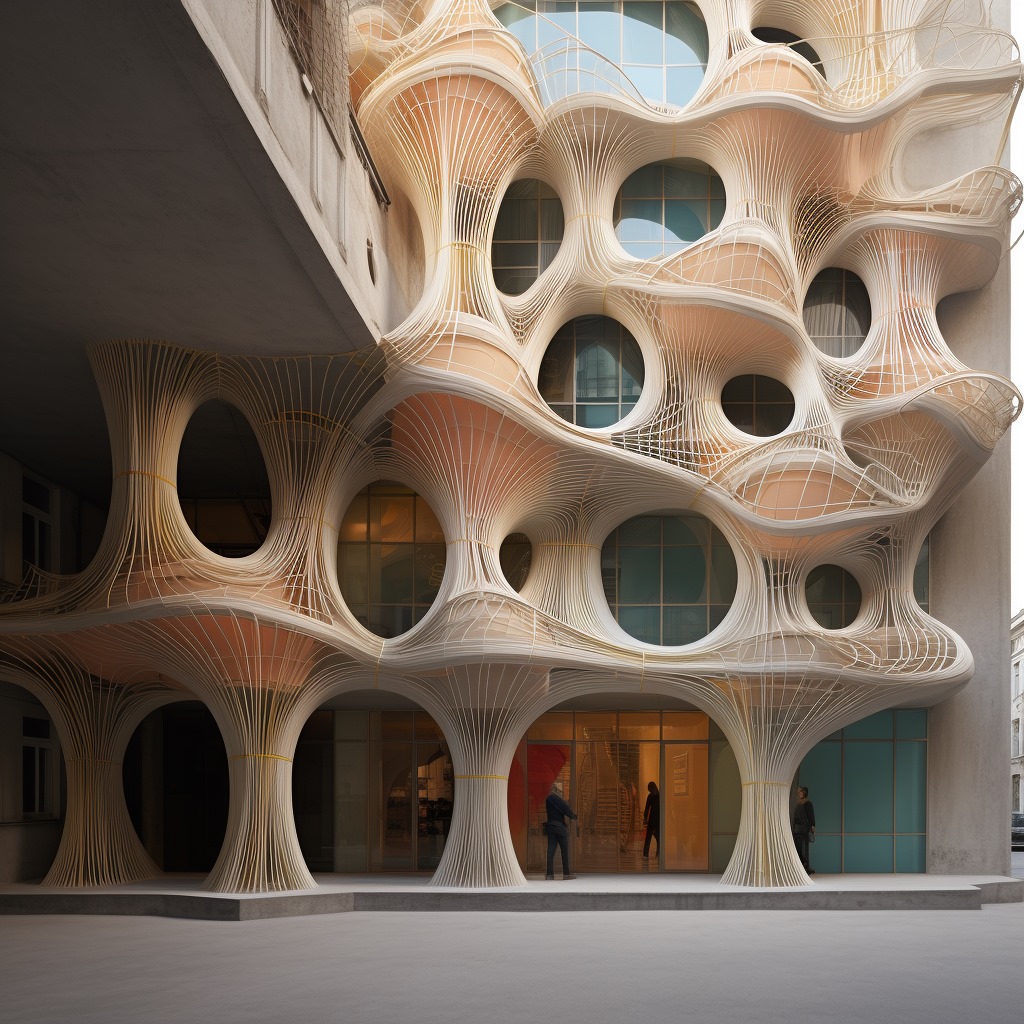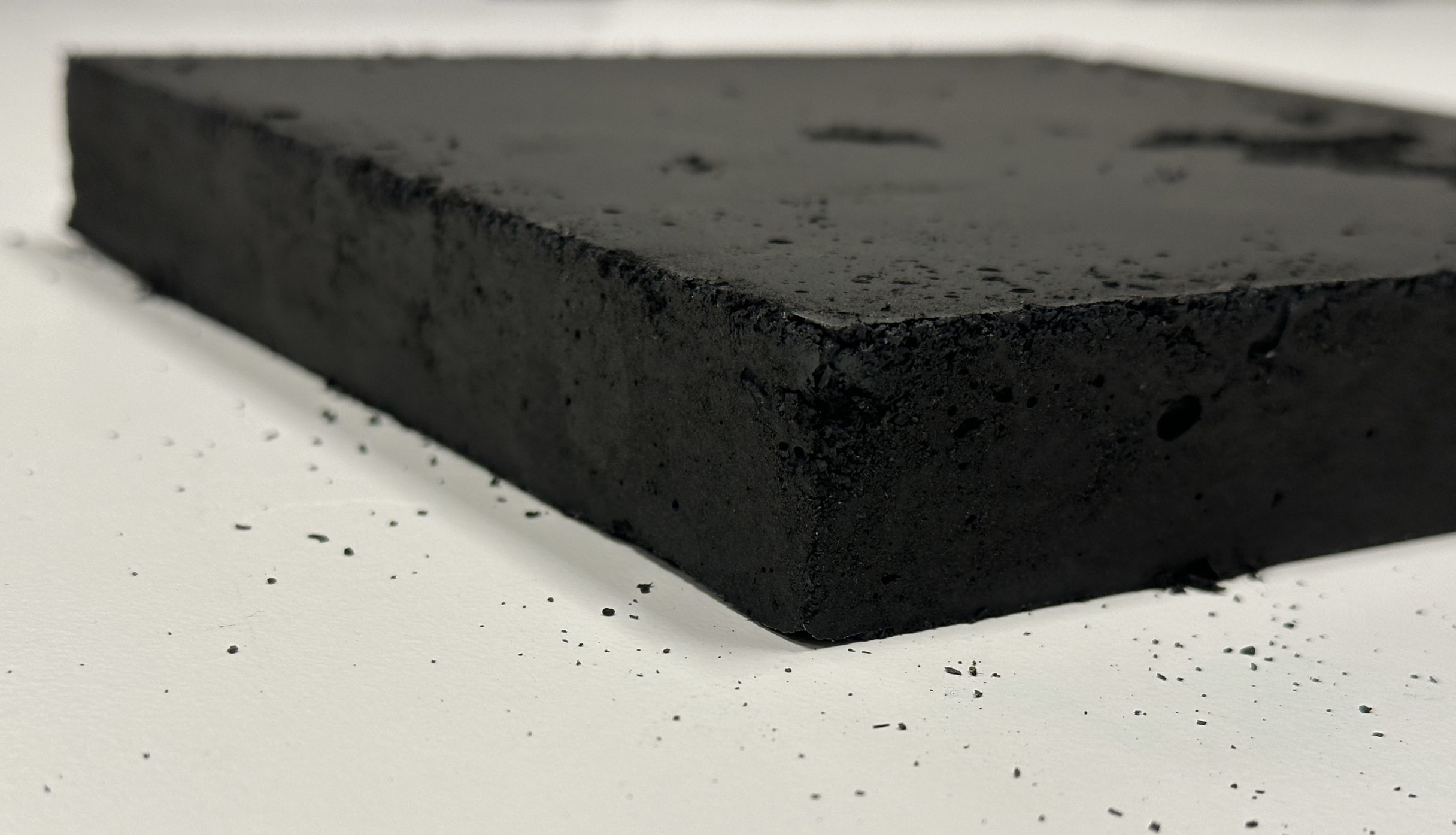Syllabus
Photo Credit: RE.Print by Pragati Vasant Patilkul, Design Behaviours Thesis Cluster MAA02 22/23
Intro Description & Structure
Undoubtedly, the building industry accounts for an overwhelming part of the dire effects that
produce climate change and the current global warming crisis. In practice much of this effect is due to anachronic design strategies which range from designing with unsustainable materials to the massification of building components that are one-use only. Contributing to this effect is a lack of information and accountability in the design process: Architects often make design decisions without being fully informed about the impact of their choices.
In contrast, as put into evidence by the recent covid crisis, buildings nowadays must have an adaptable capacity to change use, scope and even form, disrupting previous conceptions of the time-span of constructions and provoking daring challenges for adaptive architecture, design for disassembly and providing a smart repurpose of one-life materials that would otherwise go to waste.
As a response to this, the Design Behaviors Thesis Cluster focuses to tackle this challenge through the use of advanced digital technologies including Computational Design, Material Computing, Human-Computer Interaction, and Artificial Intelligence coupled with the latest tools in Digital and Robotic Fabrication, introducing a model of materially Responsive & Circular Architecture that presents unique possibilities for designing novel performances and dynamic metabolisms in the building industry.
Keywords: circular design, circular/upcycling materials, circular economy, computed matter, smart buildings, adaptive structures, performative architecture, responsive architecture.
Faculty
Projects from this course
Oasis
Integrating Radiation Shielding for a Safe and Sustainable Urban Environment Radiation is a threat in many industries, from space exploration to medical imaging. Effective design must take into account the unique challenges presented by radiation. MASTER IN ADVANCED COMPUTATION FOR ARCHITECTURE & DESIGN 2023/2024 Faculty: ARETI MARKOPOULOU & NIKOL KIROVA STUDENT : Darkhan Kadirov
DE-GRADABLES
STATEMENT Today, almost 39% of CO2 emissions are attributed to current construction processes. Architectural design implementations have the potential to address these environmental challenges through active and passive strategies. Elements such as facades, walls, or interior components among others play a role in the carbon cycles by capturing, storing and emitting carbon. Biochar, as a … Read more
3D-Printed Lost Formwork
This thesis explores a transformative approach to construction by integrating topologically optimized 3D printed formwork with fiber embedding between print layers. The research aims to revolutionize traditional construction methods by enhancing structural integrity, material efficiency, and overall performance. Topological optimization algorithms are employed to design intricate yet robust formwork structures, minimizing material usage while maintaining … Read more
Bamboo (EU)volution
Research Hypothesis This study explores the viability of using commercially cultivated Bamboo species in Europe as a construction material, alongside Concrete, Cross-laminated Timber, and Clay, tailored to various structural typologies across different European regions. It investigates the advantages of diverse bamboo species, with their unique morphological and mechanical characteristics, in creating hybrid material combinations that … Read more
R-FIT
“Framed by the environmental crisis and taking into account the thermal and structural inefficiency of the existing building stock, this thesis will be an exploration on architecturally and structurally meaningful elements, as plugin systems to address the need for retrofitting. The main objective is to provide alternatives of structural retrofitting methods by utilizing robotic fabrication … Read more
Biochar Composites
BIOCHAR COMPOSITES: The use of biochar composites in architectural applications can significantly improve building performance. Additionally, the incorporation of biochar composites can expand the possibility of carbon sequestration in the architecture and construction sector, contributing to a more sustainable and environmentally friendly built environment. Our current Built Environment is responsible for carbon emissions, accounting for … Read more
ShieldCORE
DESIGN BEHAVIOUR Radiation is a threat in many industries, from space exploration to medical imaging. Effective design must take into account the unique challenges presented by radiation. MASTER IN ADVANCED COMPUTATION FOR ARCHITECTURE & DESIGN 2023/2024 Faculty: ARETI MARKOPOULOU & NIKOL KIROVA STUDENT : Darkhan Kadirov











